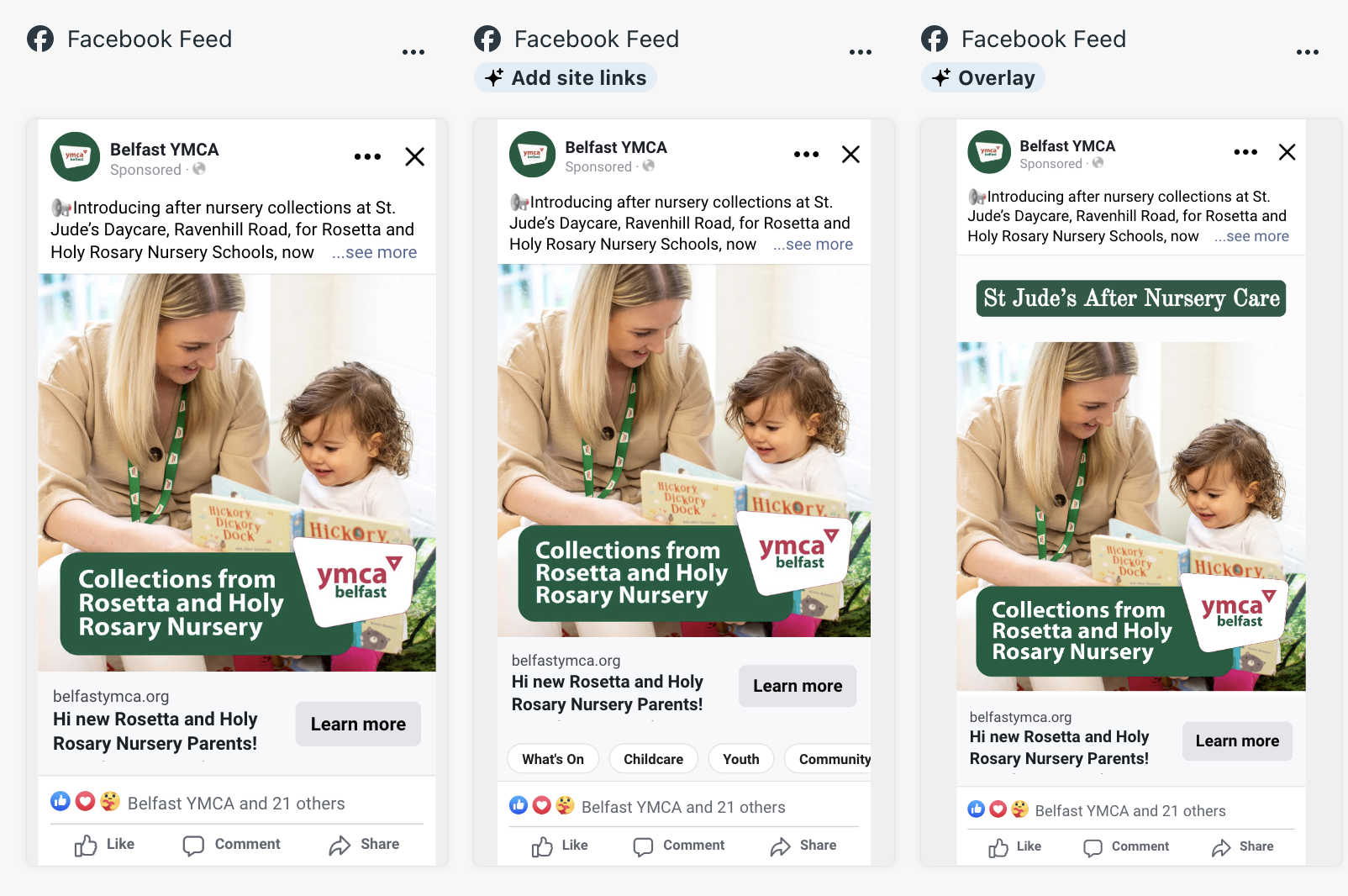Improve Your Meta Ads Strategy in 2025
With worldwide ad spend forecast to grow by 4.9% in 2025 to reach $992 billion despite a reduced economic outlook, digital advertising continues to prove its resilience and value. Meta advertising remains a crucial part of any modern marketing strategy.
However, simply throwing money at Facebook Ads or Instagram Ads is not enough to achieve success. Brands need a strategic, optimised approach to paid social in order to cut through the noise and drive real results.
The Evolution of Visual Content in 2025
Visual content continues to reign supreme, but the landscape has evolved significantly since the start of the year. While short-form video remains dominant across TikTok, Instagram Reels, and YouTube Shorts, there’s also a resurgence in long-form video content, with platforms extending video lengths and brands experimenting with more comprehensive storytelling formats.
The biggest shift observed is brands testing authentic, unpolished content that resonates with audiences seeking genuine connections. When developing your visual strategy, focus on creating content that feels authentic and provides genuine value rather than overly polished promotional material.
(This video gave the client an 18.58% Click Through Rate at £0.02 per link click compared to an industry average of 1.63% CTR)
Crafting an Effective Paid Social Strategy
The fundamentals remain strong, but successful brands in 2025 are taking a more nuanced approach:
1. Set Concrete Goals
Outline specific, measurable targets aligned to overarching business objectives, and leverage Meta's advanced analytics to track performance in real-time.
2. Embrace First-Party Data and Privacy-First Targeting
With increasing privacy restrictions, brands are shifting toward first-party data strategies, using Meta's Conversion API to collect consented information through their own websites and apps.
This approach creates highly relevant ad experiences while maintaining compliance with evolving privacy regulations.
3. Develop Platform-Specific Content Strategies
Rather than repurposing the same content across all platforms, successful brands are creating tailored campaigns that leverage each platform's unique features and audience behaviours. Consider how different platforms serve different purposes - some for entertainment, others for education or direct engagement.
Optimising Your Paid Social Assets in 2025
The optimisation landscape has become more sophisticated with several game-changing developments:
AI-Powered Campaign Management Meta's automation tools have become significantly more powerful, with AI now handling much of the heavy lifting in campaign optimisation. Successful advertisers are learning to work with these systems rather than against them, and know when and where to implement the human touch to achieve goals.
Enhanced Creative Tools and Formats Meta's introduction of sitelinks in late 2024 has shown promising results for brands, delivering improvements in both click-through rates and conversion rates.
Key Optimisation Strategies:
Utilise sitelinks to showcase multiple product categories and improve user navigation
Invest in high-quality, mobile-first creative that stands out in users' feeds
Use social listening tools to identify trending topics and gauge sentiment before jumping on trends
Focus on narrow-targeted campaigns rather than broad reach for better ROI
Test both short-form and long-form video content
Optimise for purchases rather than traffic to align with revenue-generating actions
Implement conversion tracking and retargeting strategies
Looking Ahead: Q3 and Q4 Strategies
As we move through 2025, successful Meta advertisers will need to:
Balance automation with human creativity and strategic oversight
Monitor platform policy changes, particularly around health and wellness advertising restrictions
Invest in first-party data collection and management systems
Optimise for social commerce as more shopping happens directly on social platforms
In summary
Meta advertising in 2025 requires a sophisticated blend of AI-powered automation, authentic community building, and strategic trend participation. The brands seeing the strongest results are those embracing platform-native features, prioritising genuine audience connections, and using data-driven insights to guide their creative decisions.
Success in the second half of 2025 will depend on your ability to adapt quickly while maintaining consistency in your brand voice and values. Focus on building genuine relationships with your audience, leverage Meta's advanced AI tools strategically, and always prioritise providing real value over promotional noise.
If you’re wanting a review of your Meta Ads Optimisations, get in touch with Ruth today.



